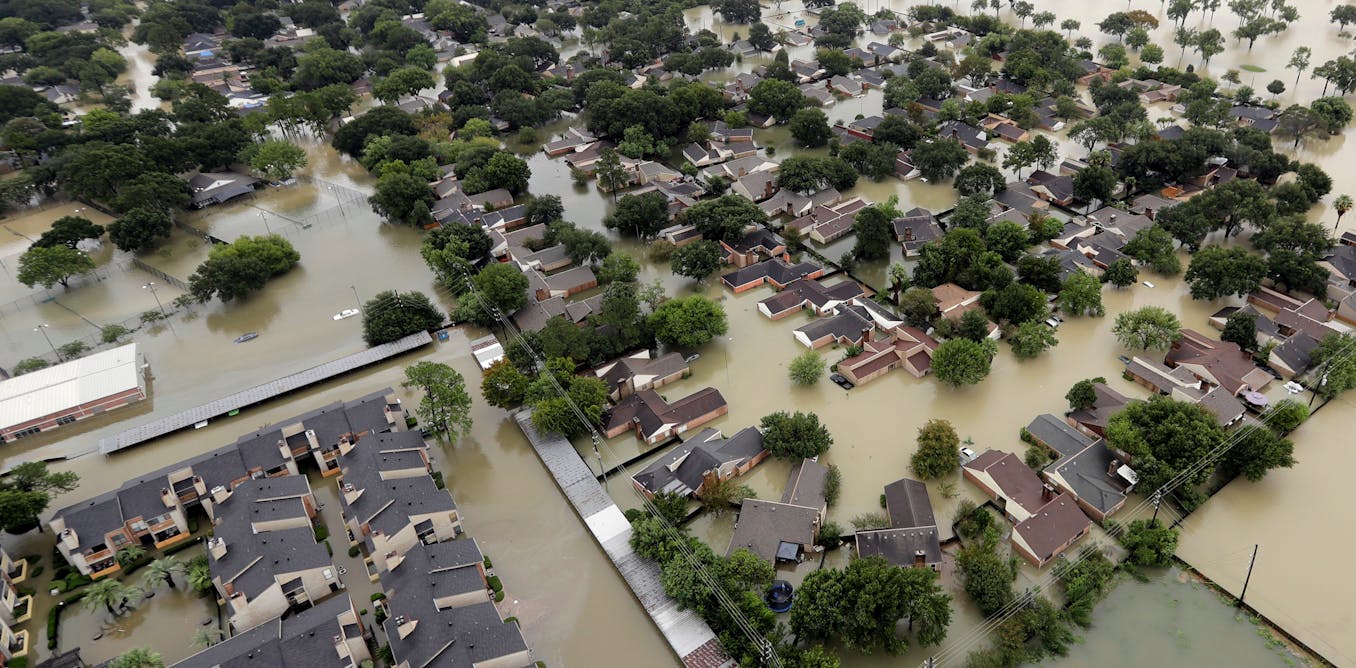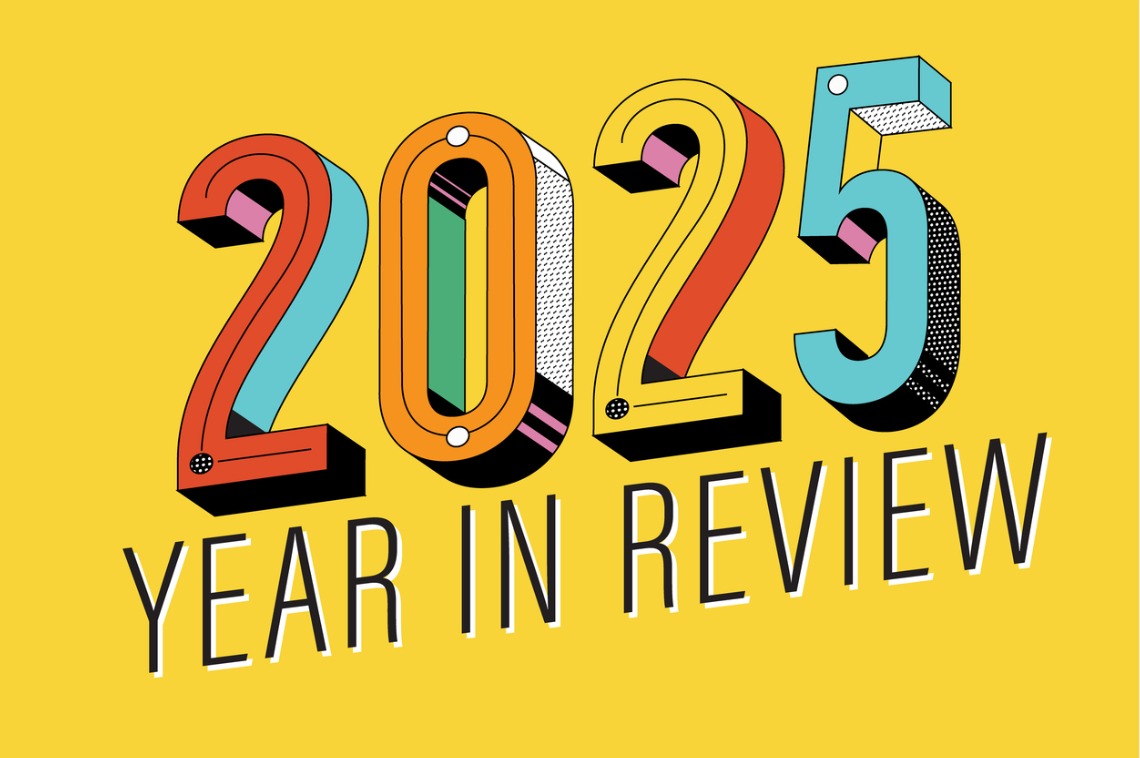F
looding in 2025 has battered neighborhoods across the U.S., leaving many homes in a muddy wreck. In hard‑hit zones, residents have repeatedly had to strip wet wallboard and haul water‑logged carpet to the curb. While rebuilding is a common reaction, some choose to relocate—a strategy humans have used for millennia to survive climate change. Experts predict that millions of Americans will move from properties at rising risk of flood, fire, and other disasters.
How those high‑risk homes are handled determines whether a community becomes more resilient or remains vulnerable. In Myrtle Beach, S.C., signs warn prospective buyers of flood problems. Our research maps the outcomes of government buyout programs that purchase damaged homes and convert the land to open space. The latest national maps reveal that most people who leave buyout areas stay nearby, yet the majority sell or rent their homes rather than accept a federal buyout, passing the risk onto new occupants.
FEMA’s buyout program, funded for decades, has spent nearly $4 billion to buy and demolish about 45,000 flood‑prone homes. Studies show the program saves $4–$6 in future disaster costs for every $1 invested. Homeowners receive a pre‑disaster price, minus any insurance payout. However, the program faces cuts under the Trump administration, and all 42 applications for the Hazard Mitigation Grant Program submitted between March and September were denied or pending.
We recommend preserving and improving the buyout program. At Rice University’s Center for Coastal Futures and Adaptive Resilience, we created an interactive map that tracks where buyout participants and their neighbors move after a FEMA buyout. The map, based on address‑level data from 2007–2017 across 550 counties, shows that 70,000 residents relocated, but 14 of every 15 movers did not participate in a federal buyout; they sold or rented their homes instead. While selling can benefit owners, it does not enhance community resilience.
The map also indicates that most moves are within 5–10 miles and end in homes with minimal flood risk. Yet many high‑risk properties are still sold or rented, leaving communities exposed. Rising insurance costs, stronger storms, and growing awareness of flood risk are already reducing sales in some areas, limiting the chance to transfer risk away.
To build safer communities, the U.S. should expand voluntary buyout programs at federal, state, and local levels, giving residents longer participation windows. This would allow owners to decide when to sell and demolish, removing risky properties from the market rather than handing them to new, potentially vulnerable residents.












